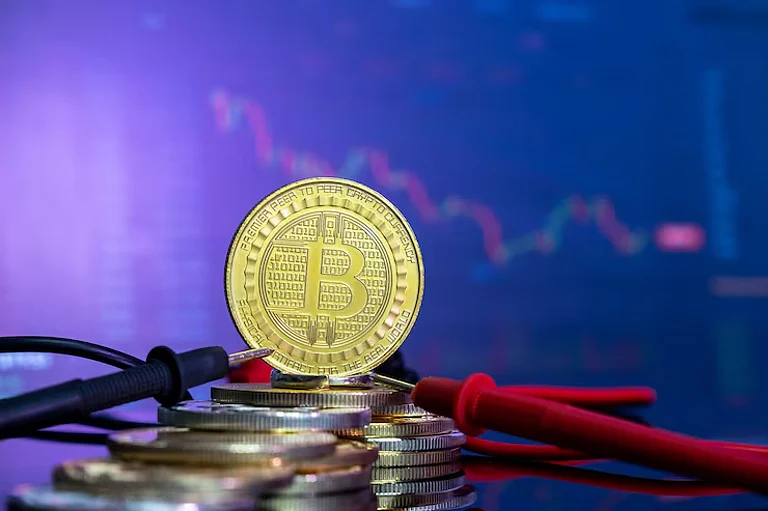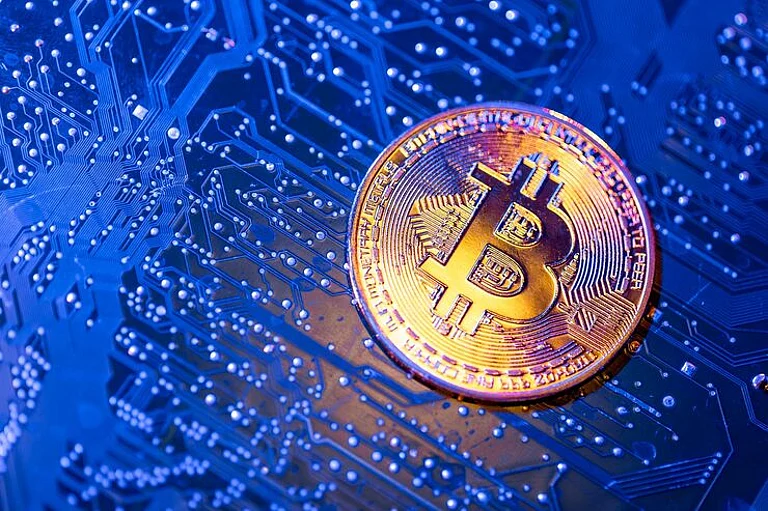In the ever-evolving world of digital finance, Stablecoins have been a revolutionary turning point between traditional financial infrastructure and the fluid world of cryptocurrencies. Unlike volatile tokens such as Bitcoin or Ethereum, stablecoins are designed to maintain a stable value by hedging against an asset such as the US dollar, gold, or a basket of currencies. Their value stability assurance has made them a favorite among investors and mass consumers alike that seek to enjoy the benefits of blockchain without their wild market volatility. But where does the future of stablecoins lie? The fate of stablecoins is a complex but interesting question, one that is bound up with innovation, regulation-making, and the nature of evolving global economics.
Knowing What Stablecoins Do Now
Stablecoins currently serve a variety of important functions within the crypto space. They are employed as a safe haven for investors when markets are volatile, provide liquidity within decentralized finance (DeFi) markets, and facilitate faster, cheaper cross-border payments. USDC and Tether (USDT) are used as a regular currency between exchanges as an alternative to traditional fiat currencies, making it easy to transfer value across crypto platforms.
But their activity is no longer confined to the crypto universe. Increasingly, stablecoins are making their way into the mainstream world of finance, and payment processors, banks, and even central banks are paying attention. The pandemic-fueled explosion in digital payments has only accelerated their interest, as people everywhere look for alternatives to the mainstream financial system.
The Rush to Regulatory Frameworks
Regulation is among the defining factors characterizing the future of stablecoins. Governments and central banks fear the rapid adoption of private digital currencies in order not to expose themselves to money laundering, financial instability, and monetary sovereignty risks. In the United States, institutions such as the Securities and Exchange Commission and the Federal Reserve are starting to establish guidelines for stablecoin issuers. Similarly, the European Union's Markets in Crypto-Assets (MiCA) is to put in place clear rules for digital assets, like stablecoins, across member states.
These rules may initially sound oppressive, but they also offer the ability for stablecoins to be legalized and held in public trust. A system of rules could lay the groundwork for widespread acceptance, where stablecoins are a permanent feature of the worldwide economy. On the other hand, regulative hurdles could push out small players and leave it with a few issuers to concentrate power, potentially altering the decentralized nature of cryptocurrencies.
Integration with Traditional Finance
The intersection with mainstream finance is another element of their destiny. Already, companies like Mastercard and Visa are starting to think about how to integrate stablecoin payments onto their payment rails. This trend suggests the future would see stablecoins usable as easily as using a debit card or shopping online.
Banks are also coming to appreciate the utility of these digital tokens. Some are considering issuing their own, whereas others may align with current issuers and give customers seamless digital payment facilities. This integration would significantly reduce frictions in cross-border funds transfer, payroll systems, and even retail payments, rendering finance cheaper, faster, and more inclusive.
Competition with Central Bank Digital Currencies (CBDCs)
The emergence of Central Bank Digital Currencies (CBDCs) is as much a threat as a boon for stablecoins. Countries like China are already experimenting with digital variants of their domestic currencies, while others like members of the European Union and the United States are actively exploring the phenomenon.
On the other hand, stablecoins can be complemented by CBDCs in such a way that the usage of digital currencies goes mainstream. Or, on the other hand, they can compete directly, with the guarantee of government-backed stability and credibility that a private issuer cannot guarantee. The destiny of stablecoins in such a scenario will depend upon whether they can leverage aspects of programmability, interoperability, and novel use cases that CBDCs cannot prioritize.
The Role of Technology and Innovation
Technological innovation will be the basis for the direction of stablecoins. Decentralized finance platforms, smart contracts, and blockchain compatibility are making these assets capable of more than value transfer. Algorithmic stablecoins, for example—that are not collateralized by commodities or fiat but by smart contract performance—are one of the spheres where experimentation is happening. Although some projects have failed, experiments toward more stable forms continue.
Also, as blockchain networks expand and speeds of transactions increase, stablecoins could become the backbone of new digital economies supporting everything from supply chains to virtual worlds. Advances in security, transparency, and scalability will be what propel whether stablecoins move beyond their niches today.
Stablecoins and Financial Global Inclusion
Another important aspect of the future of stablecoins is that they can achieve financial inclusion. There are millions of underbanked or unbanked people across the globe who lack access to stable financial services. Low-cost for transactions and globally accessible stablecoins may bring such communities new ways to hold, transfer, and grow wealth. For remittance labor that sends money home, for example, stablecoins could significantly cut fees and transit time compared to traditional money transfer operators.
This possibility does, however, present some issues. Smartphones, connectivity, and digital literacy remain out of reach in much of the world. In order for stablecoins to actually change financial inclusion, these same technology and infrastructure issues also have to be addressed.
Opportunities and Challenges
The future of stablecoins will be filled with challenges. Security threats, regulatory battles, and competition from CBDCs could restrain them. Reserves transparency scandals have already rocked the public's confidence in some of their issuers, highlighting the importance of accountability.
But the potential is vast. Used responsibly, blended with conventional finance, and buttressed by ongoing innovation, stablecoins can revolutionize how money is used. They can become standard financial instruments, available to anyone with a connection to the internet.
Conclusion
Far from easy is the response to the question of what the future of stablecoins will be. It is a story yet to unfold—one that will rest on regulation, technology, global economic shifts, and user adoption. One thing is for sure, however, is that stablecoins have already carved out a large niche within the financial landscape. Whether they become retail payment instruments, coexist alongside CBDCs, or remain largely active in the digital asset market, their development will continue to shape the broader discussion of money's future.

























